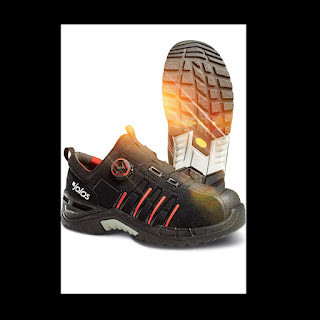Basic Work Content And Productivity Improvement.
Factors Affecting Basic Work Content - Basic work content is the minimum time required for production as per standard rate of working with the help of qualified worker and with perfect design and specifications. The heart of the productivity improvement in any manufacturing organisation is depend on its basic work content. Process of manufacturing is affected by some factors associated with basic work content. Following are the factors affecting basic work content and thus on the productivity. 1.Workmen Efficiency: Workmen enfluencing basic work content in following ways- Careless workemenship Accidents by workmen. Absentism of workmen. Idleness of workmen. Lateness of workmen. Indisciplined workmen. 2.Management Shortcomings: Management is also responsible for enfluence on basic work content . Some management shortcomings are as - Design changes. Excess product variety Bad planning. Lack of standardization. Plant Breakdowns. Bad working conditions...




Comments
Post a Comment